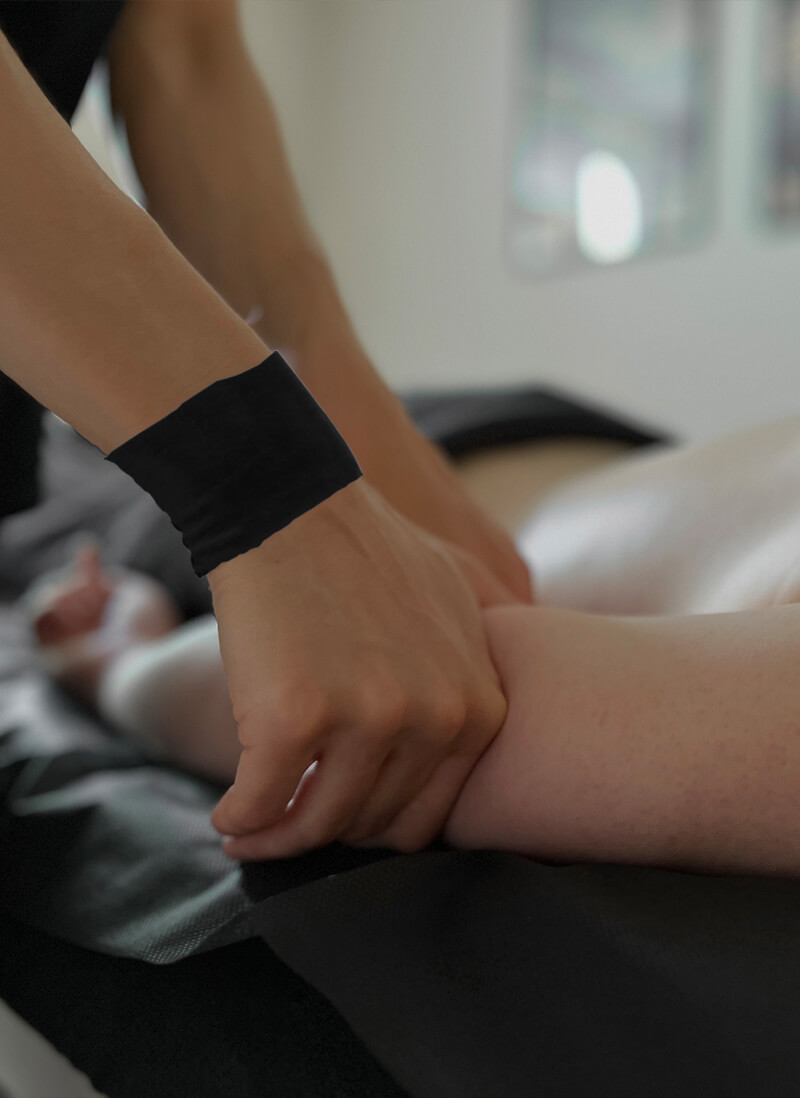Booking an appointment

Manual lymphatic drainage of a specific part
Duration:
45 min
Price:
119 pln
This is the manual (hands-on) stimulation of the lymphatic system aimed at improving and supporting the natural physiological mechanism of lymphatic drainage. Specific techniques are employed, and the movements are smooth and gentle, facilitating the movement of lymph. Lymphatic vessels are located just beneath the skin, so the techniques are applied with moderate force, avoiding pressure.
Manual lymphatic drainage follows the flow of lymph and tissue fluids toward the lymph nodes. Regular application of lymphatic drainage enhances the transport capacity of lymph and supports the formation of new, well-functioning collateral lymphatic vessels in the skin.
Indications for manual lymphatic drainage include:
- Lymphatic edema (primary – congenital insufficiency/defect of the lymphatic system, secondary – acquired insufficiency of the lymphatic system)
- Fat edema (edema of fatty tissue with a low pain threshold)
- Fat-lymphatic edema (mixed form of edema)
- Venous-lymphostatic edema (edema resulting from venous insufficiency)
- Post-traumatic and postoperative edema, scleroderma
- Cyclically spontaneous edema (mainly in women with edema of the upper and lower limbs, breasts, resulting from increased permeability of capillaries)
- Edema resulting from lack of physical activity (immobilization)
Contraindications for manual lymphatic drainage include:
- Uncompensated heart failure (cardiac edema)
- Cardiac arrhythmias (stimulating the vagus nerve can lead to cardiac arrest)
- Edema due to kidney failure
- Endocrinological edema
- Diet-induced edema
- Vascular-motor edema
- Toxic edema
- Pregnancy
- Acute deep vein thrombosis and post-thrombotic conditions
- Inflammatory conditions
- Abdominal and pelvic changes after irradiation
- Severe arteriosclerotic changes
- Acute subcutaneous tissue inflammation
- Acute contact eczema of the limbs
- Acute bacterial inflammation of the limb
- Superior vena cava syndrome
See other recommended services: